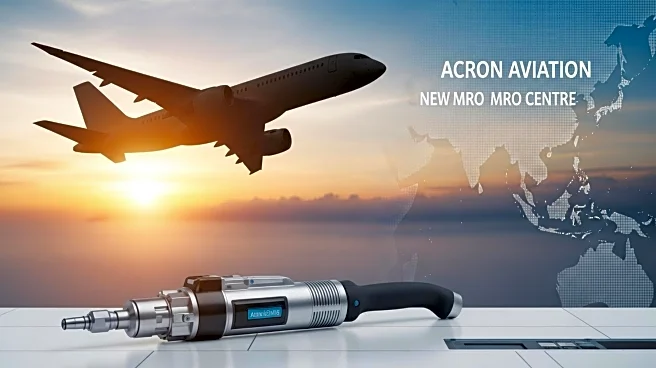What's Happening?
The agricultural sprayers market is experiencing significant growth, driven by advancements in precision farming and sustainable crop protection technologies. Valued at US$2.9 billion in 2024, the market is projected to reach US$4.4 billion by 2031, growing at a CAGR of 6.1%. Self-propelled sprayers dominate due to their efficiency and suitability for large-scale farms. Asia-Pacific leads the market, supported by government initiatives and mechanization in countries like China and India. The adoption of drone and automated sprayers reflects a shift towards data-driven agriculture.
Why It's Important?
The growth of the agricultural sprayers market is pivotal for enhancing global food security and sustainable farming practices. As the global population increases, efficient crop protection and nutrient management become essential to meet food demand. The adoption of advanced spraying technologies helps optimize pesticide and fertilizer use, reducing environmental impact and improving yield. This market expansion supports the transition to precision agriculture, which is crucial for addressing challenges such as labor shortages and shrinking arable land.
What's Next?
The market is expected to continue evolving with the integration of IoT and AI-based systems, offering opportunities for targeted spraying and reduced wastage. Emerging economies present untapped markets, with government support accelerating adoption. Sustainable and eco-friendly sprayers are likely to gain traction as environmental regulations tighten. Companies like John Deere and DJI Agriculture are leading innovations in autonomous and drone sprayers, setting the stage for future advancements in the industry.












